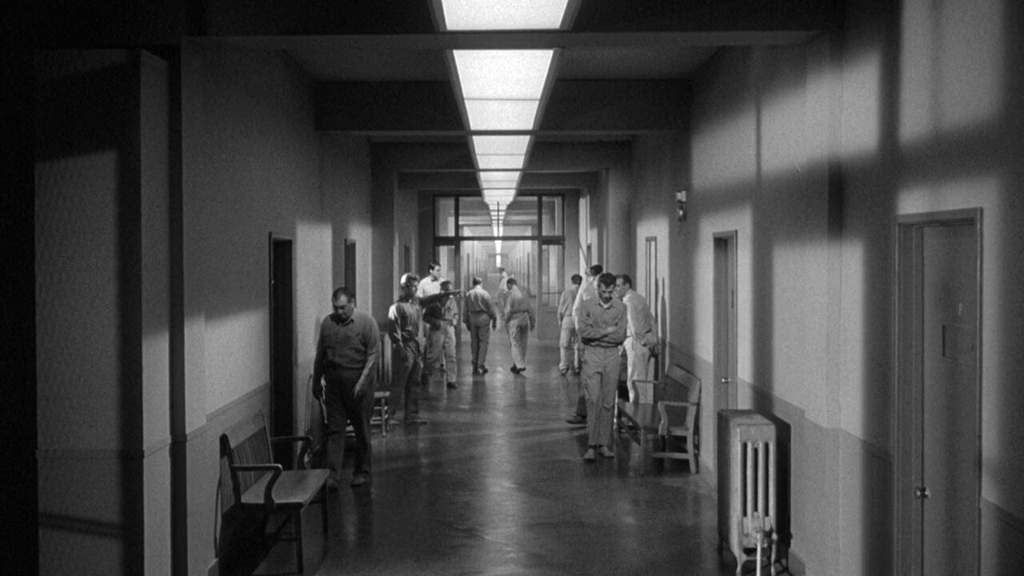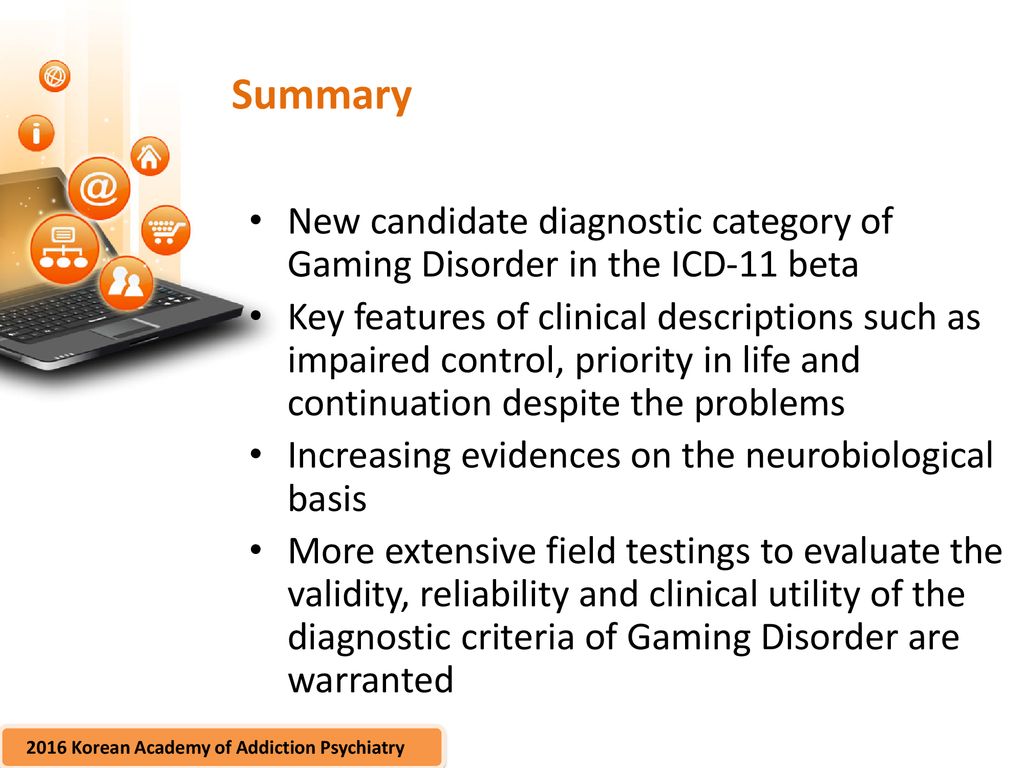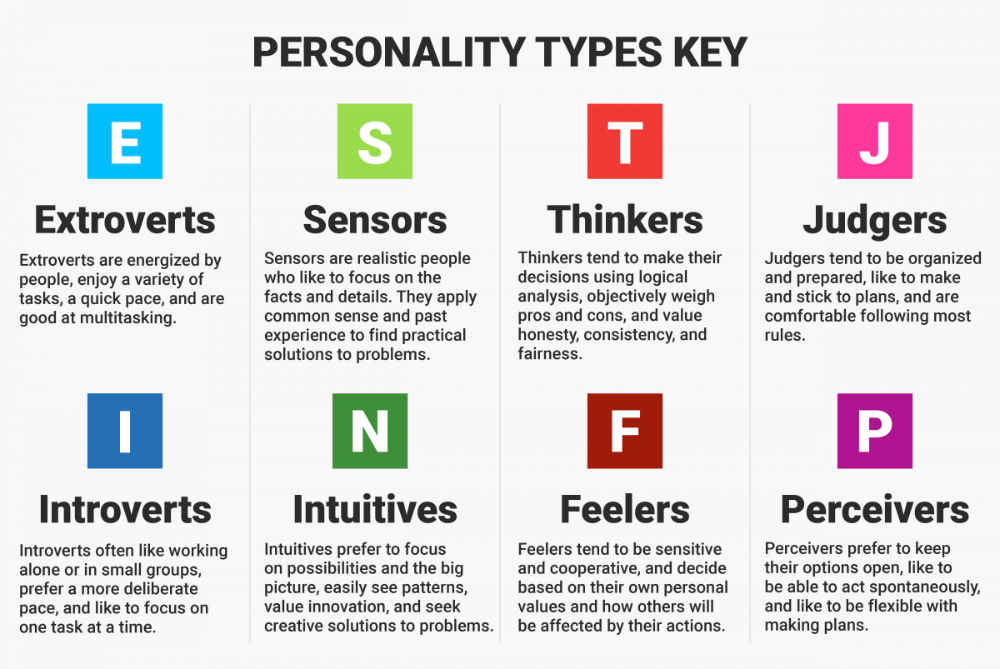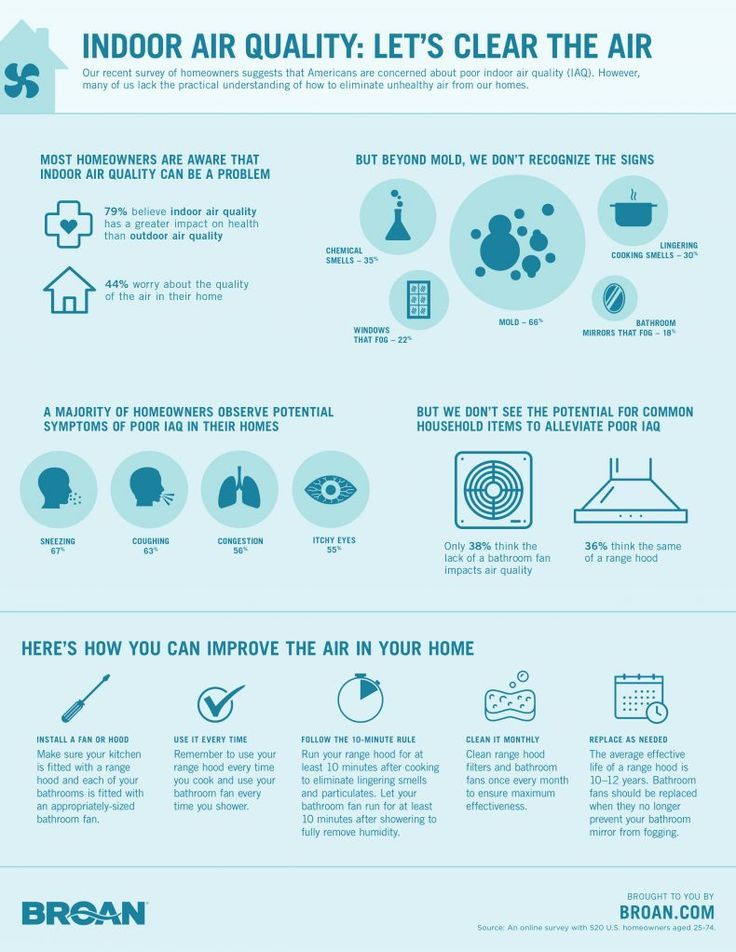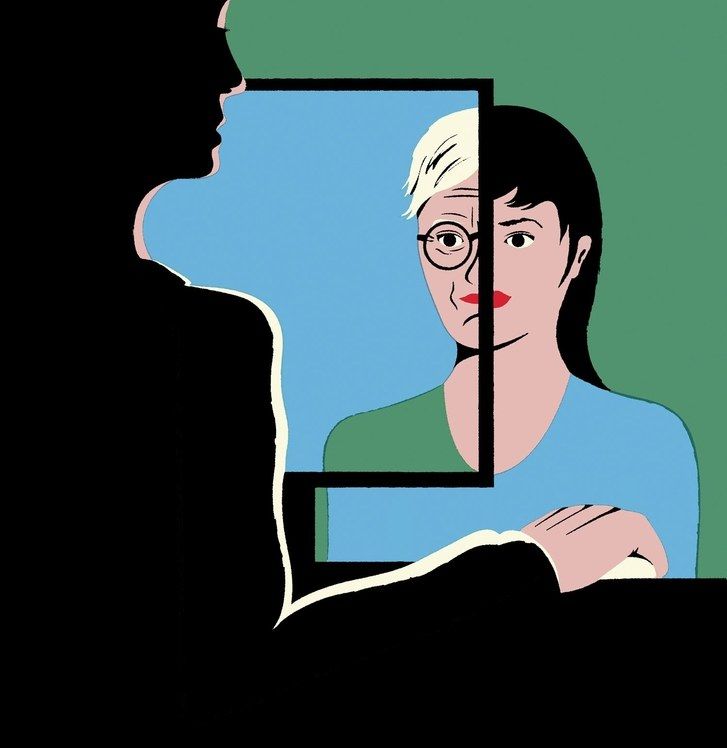Facebook selfies and narcissism
The Kind of Selfies Most Often Taken by Narcissists
Source: Dean Drobot/Shutterstock
On social media, most people post some type of selfies. But not all selfies are created equal. Some people post only self-portraits, some “photo drop” (we'll call this online name dropping) snapshots with important people. Others portray themselves as one of the “cool kids” by posting group shots, showcasing impressive affiliations.
Some people post selfies of themselves first thing in the morning, with no makeup, au natural. Others edit heavily, adjusting color and lighting and muting flaws. What does it all mean?
First of all, posting on Facebook does not make you a narcissist. That title is earned through what you post. What do you want others to know about you? That you have finished a marathon, finished your taxes, or finished dinner? Or are your posts other-focused, celebrating accomplishments, providing encouragement, and promoting worthy causes?
When judging someone through their social media presence, as with interpreting other social behavior, motive matters.
Men Post Selfies Too: Narcissistic Tendencies in Men Versus Women
P. Sorokowski et al. (2015) authored a study that discovered what the title implies: “Selfie posting behaviors are associated with narcissism among men.”[i] They tested a sample of 1,296 individuals, scoring them on narcissism subscales of self-sufficiency, vanity, leadership, and admiration demand. They examined three types of selfies: selfies of oneself, with a group, and with a romantic partner.
They discovered that although women posted more of all three types than men, their selfie posting was unrelated to their narcissism score. With men, however, they found a positive correlation between narcissism and posting selfies of all three types. Specifically, men's selfie posting correlated with their vanity, leadership, and admiration demand scores.
With women, admiration demand was the only subscale of narcissism that predicted the posting of selfies — but only of oneself or with a romantic partier, not group selfies.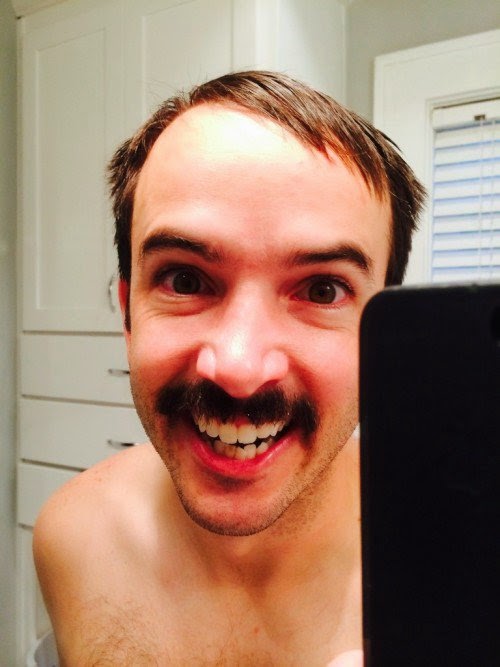 With men, admiration demand most strongly predicted the number of selfies posted — although these tended to be group selfies. Men's leadership scores predicted posting selfies with a romantic partner or in a group.
With men, admiration demand most strongly predicted the number of selfies posted — although these tended to be group selfies. Men's leadership scores predicted posting selfies with a romantic partner or in a group.
Regarding the vanity sub-scale, these scores correlated with the number of selfies women posted, but not the number posted by men. P. Sorokowski et al. speculate that posting selfies might not be as socially acceptable for men as it is for women. They also note that for women, selfie-posting might fulfill their need to showcase an attractive image or group identification, which men might consider less important.
The authors note this could mean that men who post a large number of selfies might have a different psychological makeup than other men, which could include a higher level of vanity. They note that men with an average or low amount of vanity might not have the motivation to engage in frequent online self-presentation.
Grandiose and Vulnerable Narcissists
Jessica L. McCain et al. (2016) examined the link between narcissism and selfies, as well as the motivation behind selfie-taking, and discovered some interesting results.[ii]
McCain et al. (2016) examined the link between narcissism and selfies, as well as the motivation behind selfie-taking, and discovered some interesting results.[ii]
They examined two different types of narcissists: Grandiose narcissists, who are more charismatic, extraverted, and attention seeking, and vulnerable narcissists, who are more insecure and neurotic.
They found grandiose narcissism to be linked with taking and posting a greater number of selfies (especially ones with only themselves in the photo), feeling good while taking selfies, and being motivated by self-presentation. They also found that grandiose narcissists had more online followers and more “likes.” They did, however, note one drawback of grandiose narcissism — coming across as a narcissist.
McCain et al. found vulnerable narcissism to be linked with a negative mood while taking selfies, consistent with the fact that vulnerable narcissism is linked to emotionality and vulnerability. They noted that vulnerable narcissism was not linked with likes or likability — suggesting it is not a trait well suited for display on social media.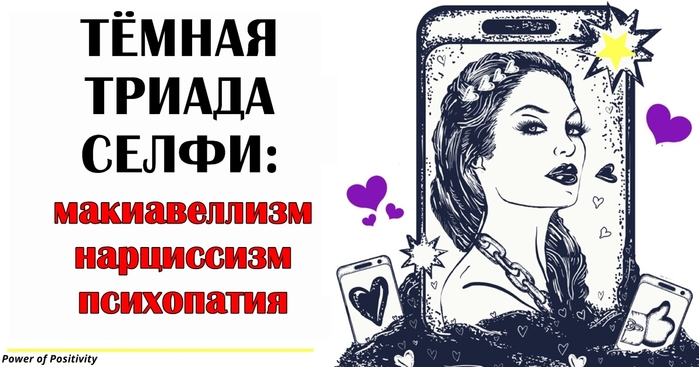
Alter Ego, Altered Image
Apparently, at least when detecting narcissism, edits matter. Emily Lowe-Calverley and Rachel Grievein “Self-ie love: Predictors of image editing intentions on Facebook” (2018) found narcissism to be a relevant predictor of the intention to post digitally altered images on the site.[iii] They note that previous research suggests that photo editing and related activities facilitate superficial behavior and self-promotion. They also speculate that narcissism may be becoming more common due to social media image editing.
On the other hand, some people need to edit photos to cover physical flaws or skin conditions. So we cannot jump to conclusions. And remember that many people promote themselves on social media merely because they are social. They want to put their best foot forward, to impress you.
Selfie-posting frequency can be predicted by grandiose narcissism, study finds
New research published in Computers in Human Behavior provides new insights into selfie-posting behavior on social networking websites.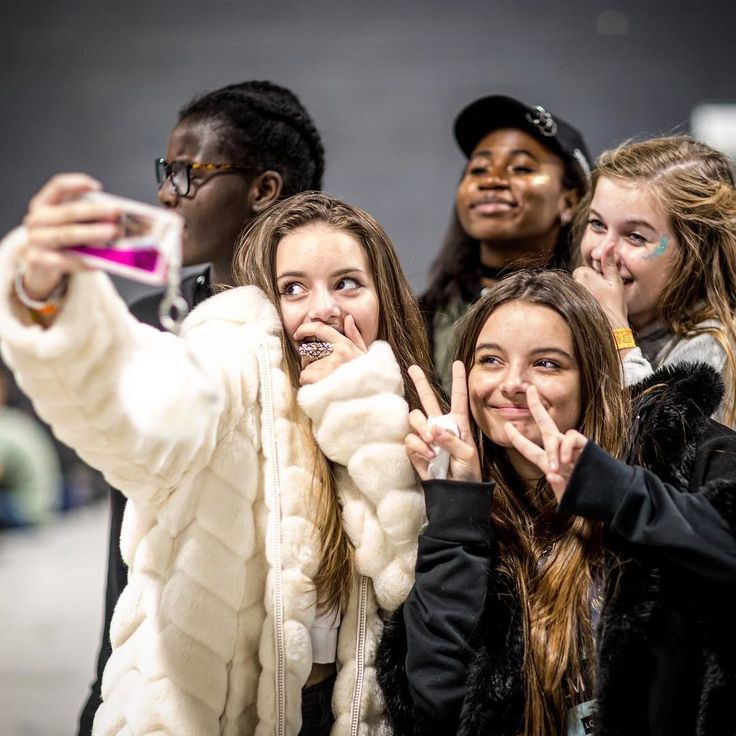 The findings indicate that posting selfies is associated with some forms of narcissism but not others. It also appears to differ based on geographic regions.
The findings indicate that posting selfies is associated with some forms of narcissism but not others. It also appears to differ based on geographic regions.
“As a developmental researcher, I’m interested in the underlying mechanisms and processes of online behaviors. Can we predict how individuals will act in online environments? Are these predictors linked with individual (personality) or community (e.g., cultural) characteristics?” said study author Christina Shane-Simpson, an assistant professor at the University of Wisconsin-Stout.
“Furthermore, although there’s a wealth of literature exploring links between personality and social media use, many of these studies focus on ‘general social media use’ or ‘intensity of social media use.’ To combat these overgeneralizations of social media, our research team decided to focus on a specific online behavior that occurs across multiple social media sites – selfies.”
The researchers had 470 American and 260 Lebanese students complete measures of narcissistic traits and selfie-posting behavior on Facebook and Instagram.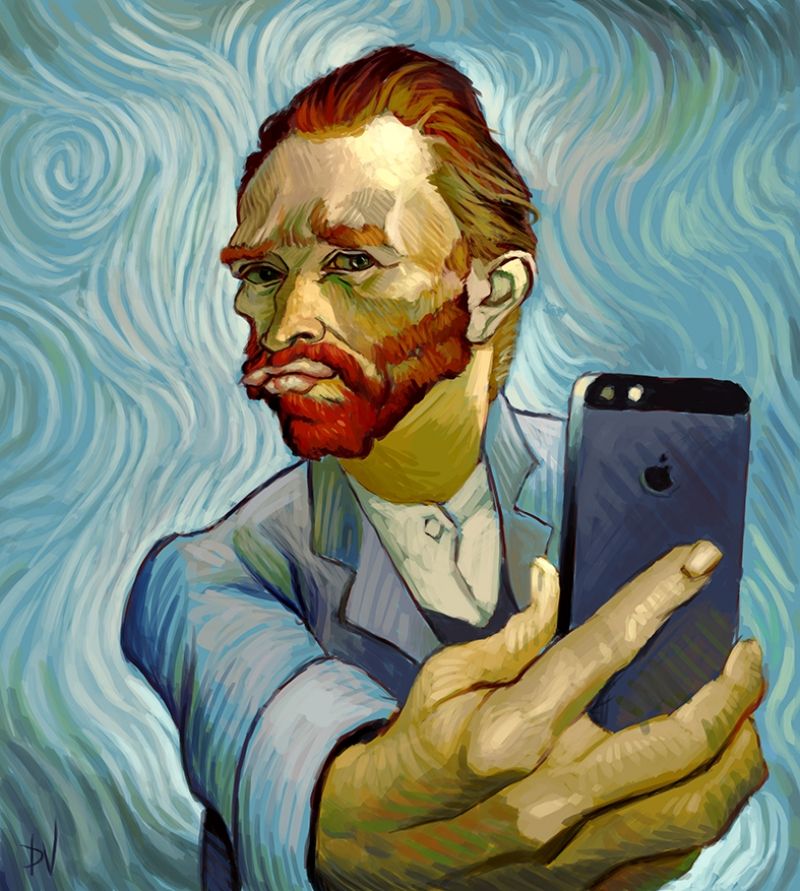
“Although narcissism is a complex personality characteristic (supported by our findings), it can predict some online behaviors in certain circumstances,” Shane-Simpson told PsyPost.
In particular, grandiose narcissism — which describes an overinflated ego and sense of importance — was positively associated with posting selfies online.
But leadership narcissism, entitlement narcissism, and vulnerable narcissism were not associated with selfie behaviors. These three subtypes of narcissism describe desiring to have authority over other people, expecting a great deal from other people, and being self-absorbed while having a tendency to feel slighted, respectively.
The researchers also found that individuals from the northeastern United States tended to post more selfies than those from the midwestern United States and those from Lebanon.
“We found that the norms of a cultural community may also impact online behaviors. This second finding is surprising given that online spaces are often described as not bound by offline cultural norms,” Shane-Simpson said.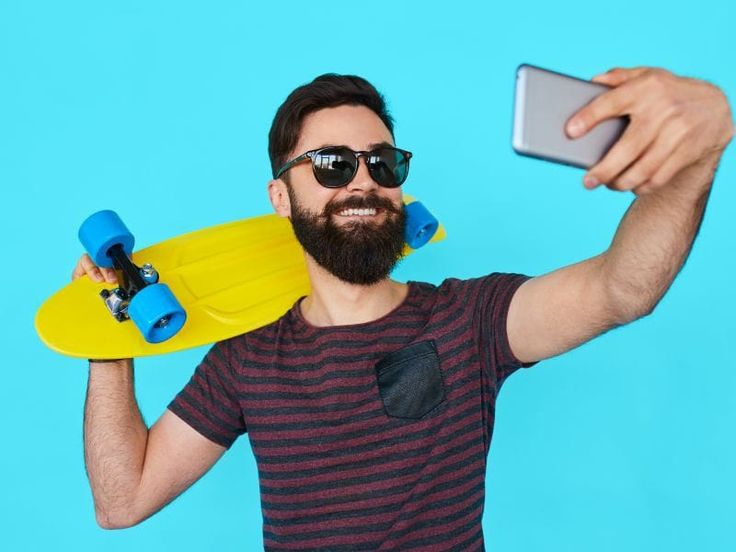
The study — like all research — includes some limitations.
“Due to the scope of our study, we were only scratching the surface of community-based differences in predictive models for online behavior. We desperately need more cross-cultural studies that investigate differences in online behavior and the models that predict online behavior. Research is needed to explore which elements of a geographic community (e.g., collectivism vs. individualism) might be linked with certain online behaviors,” Shane-Simpson explained.
“The findings from our study also suggest that personality predictors of online behavior may differ across geographic community, and therefore, we should explore which personality traits are predictive within specific cultural communities.”
The study, “I Love My Selfie! An Investigation of Overt and Covert Narcissism to Understand Selfie-Posting Behaviors within Three Geographic Communities“, was authored by Christina Shane-Simpson, Anna M. Schwartz, Rudy Abi-Habib, Pia Tohme, and Rita Obeid.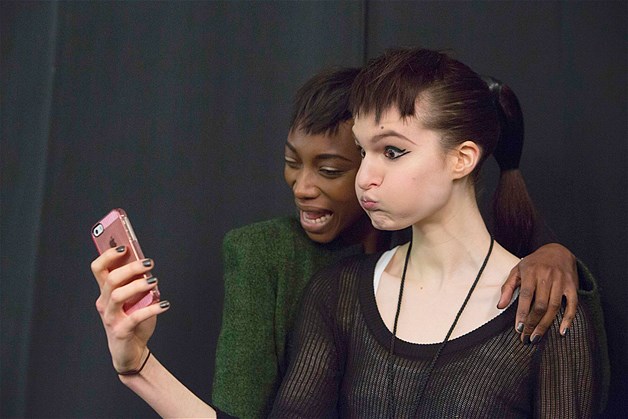
"Chronic Narcissus": What Researchers Think of Selfies
Recently, Ad Marginem, as part of a joint publishing program with the Garage Museum of Contemporary Art, published a book by Gert Lovink, Critical Theory of the Internet, translated by Dmitry Lebedev and Piotr Torkanovsky. This is a collection of essays in which the author analyzes different cultural techniques and calls to comprehend the technological sociality.
With the permission of the publishing house Enter publishes an excerpt from the chapter "Chronic Narcissus: Minimal Selfie Technologies" - about the problems of self-portraits and their role in the construction of the Self. The presentation of the book itself will take place in Smena on June 6 at 19:30 — admission is free.
Experts in both art history and pop culture tend to agree that the self-portrait and the selfie communicate with different audiences and about different objects. “Self-portrait and selfie are two different, though sometimes overlapping, attempts to define and embellish the self.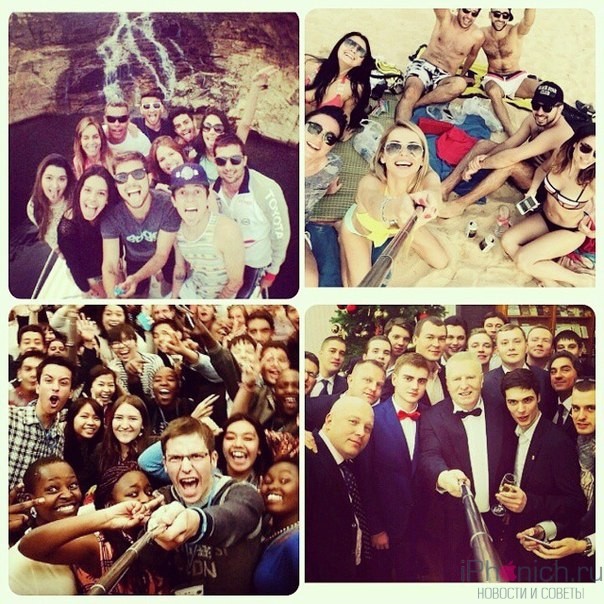 ” Selfies are often seen by those for and against the selfie as a defensive impulse to define and protect the "authentic looking" subject through self-image. Its creators, especially during the rise of the phenomenon, are described as narcissistic and self-obsessed people. As Alicia Ehler writes: “The selfie is a mirror, the illusion of a mirror, a moment of selfishness fixed in time.” An example of such "organized narcissism" would be a 2015 book of 352 selfies by Kim Kardashian, titled "Selfish".
” Selfies are often seen by those for and against the selfie as a defensive impulse to define and protect the "authentic looking" subject through self-image. Its creators, especially during the rise of the phenomenon, are described as narcissistic and self-obsessed people. As Alicia Ehler writes: “The selfie is a mirror, the illusion of a mirror, a moment of selfishness fixed in time.” An example of such "organized narcissism" would be a 2015 book of 352 selfies by Kim Kardashian, titled "Selfish".
The complex distinction between a portrait and a selfie fits in nicely with the situation where the selfie, as “an inherently contextual and often ephemeral mode of communication,” is the perfect marketing tool for art museums that are caught in the like economy and dependent on visitor reports. However, such contextual readings do little to highlight the energy of both practices.
“Never apologize for a selfie” is the advice we get from literally everyone. But who is afraid of being considered a Narcissus? Herbert Marcuse promoted the return of Narcissus and was criticized for it. “If we believe what the media says, selfies are a sign of narcissism, a product of the self-obsessed plebs, a conceited ritual of the me-me-me generation. Selfies are taken by people, mostly girls, with a low level of self-esteem, who constantly need support and appreciation from their peer group and other people in general. In this forced intimacy, the viewer is between the camera and the object of observation, clasped in the hand of the photographer. Are they admiring themselves or talking? They hold the camera, pose for attention, perform and experiment.
“If we believe what the media says, selfies are a sign of narcissism, a product of the self-obsessed plebs, a conceited ritual of the me-me-me generation. Selfies are taken by people, mostly girls, with a low level of self-esteem, who constantly need support and appreciation from their peer group and other people in general. In this forced intimacy, the viewer is between the camera and the object of observation, clasped in the hand of the photographer. Are they admiring themselves or talking? They hold the camera, pose for attention, perform and experiment.
"Selfie" is defined as a photograph in selfie format; in other words, it's already a repetition that builds on other selfies. It is also an information trail that flourishes with hashtags and categories, and is thus the complete opposite of a single image seeking to express authenticity. These imitations are boring abbreviations, driven to automatism, compressed gestures, in short, visual signs that are used to avoid artistic pretentiousness.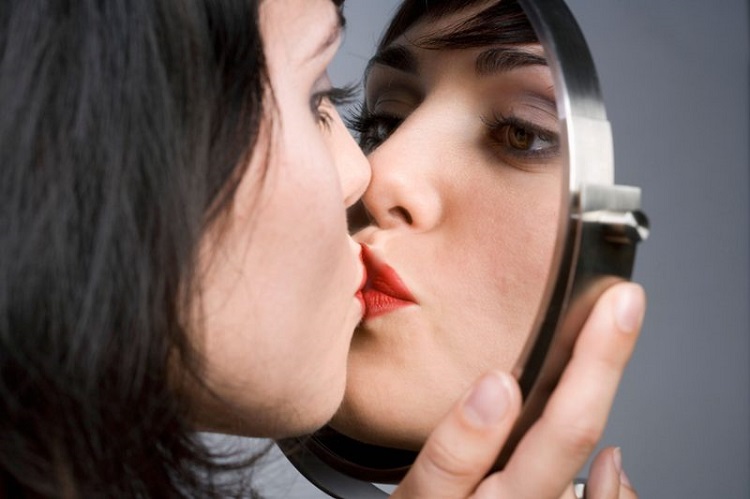 The selfie gesture is a message, all it does is demonstrate existence, not some mood or feeling. It can express the conformity of the masses: "I fit into this format." But it also expresses what Christopher Lusch called the "minimal self," a broken subjectivity that is played with irony. The ego is no longer perceived as a work of art; simply maintaining dignity among millions of other people requires constant effort. When an individualized mass culture presses on us from the outside, what slightest differences are we allowed to have?
The selfie gesture is a message, all it does is demonstrate existence, not some mood or feeling. It can express the conformity of the masses: "I fit into this format." But it also expresses what Christopher Lusch called the "minimal self," a broken subjectivity that is played with irony. The ego is no longer perceived as a work of art; simply maintaining dignity among millions of other people requires constant effort. When an individualized mass culture presses on us from the outside, what slightest differences are we allowed to have?
How to make a diagnosis that does not equate users with addicts? How to freely talk about radical pathology without declaring everyone around sick? In this technologized society, it becomes more and more difficult to defend the right to freely theorize. Let's defend this intellectual space and leave behind the old culture studies vs. Frankfurt School”, overcoming political correctness on both sides. It’s also worth stopping thinking of selfies as solely “capturing the bourgeois self-understanding” that Peter Burger wrote about.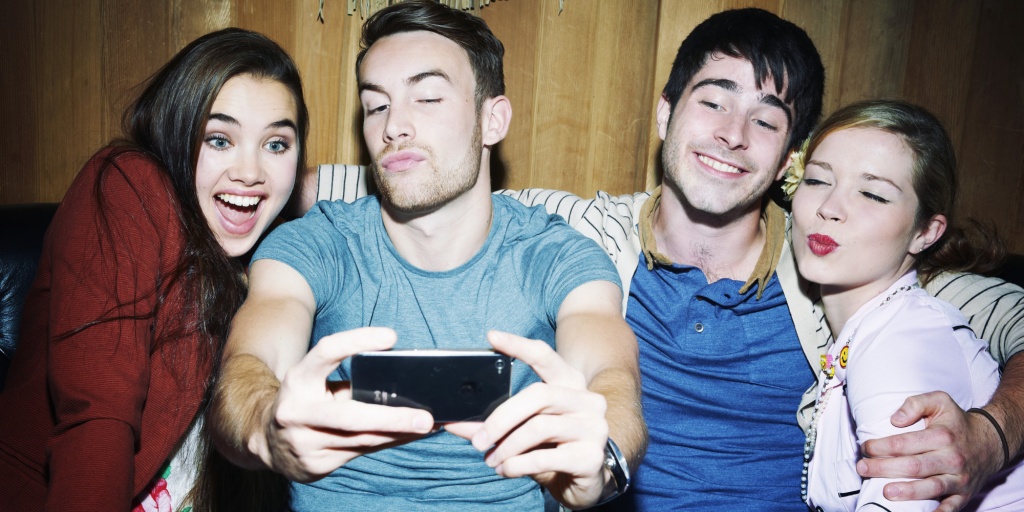 Selfies as technical network images can be anything but standalone.
Selfies as technical network images can be anything but standalone.
Christopher Lasch's 1979 classic The Culture of Narcissism: American Life in an Age of Diminishing Expectations already highlighted the problem: death, the new narcissist has lost interest in the future." According to Lash, “narcissism is a complex idea that seems simple—a perfect recipe for error.” Lash explains that this attitude stems from the pessimistic mood that characterized the mid-to-late 1970s, reflecting the general crisis of Western culture. In his opinion, "narcissism refers to the weak, superficial, protective, insecure, manipulative self." Forty years later, we may ourselves witness the collapse of psychology in everyday life, where the technologies of the self materialize in the form of daily practices on the part of multitudes and can hardly be labeled as "symptoms". We really miss the black melancholy. Today there is no intentional indifference. There seems to be no interest in the future, just as there is no interest in the past. Following the hustle and bustle 19In the 1970s, this collapse of chronology created a vacuum that each of us today must constantly fill with evidence of presence, consolation for the loss of a sense of historical continuity. "Current Personality" allows competition on a visual level, but avoids direct competition in a playful way. If someone noticed you and liked you, then you have already won.
Following the hustle and bustle 19In the 1970s, this collapse of chronology created a vacuum that each of us today must constantly fill with evidence of presence, consolation for the loss of a sense of historical continuity. "Current Personality" allows competition on a visual level, but avoids direct competition in a playful way. If someone noticed you and liked you, then you have already won.
Following Lash, we need a theory of this minimal self(ie)—the adhesion of the selfie and the self that it generates. The “self” has become a luxury item that does not fit in an age of impending poverty and austerity. People lost confidence in the future and began to prepare for the worst, which led to "an emotional exit from long-term obligations that presuppose the existence of a stable, secure and orderly world" and the gradual bankruptcy of the self. Lush emphasizes again and again that narcissism should not be confused with selfishness and selfishness. Rather, narcissism is defined by the non-discrimination between self and non-self. Such a desire for unity with the world gives rise to a feminine game, which can hardly be called a symbol of cultural decadence and the collapse of the nation.
Such a desire for unity with the world gives rise to a feminine game, which can hardly be called a symbol of cultural decadence and the collapse of the nation.
The problem here is not narcissism or self-obsession, but a lack of knowledge about the status of digital portraits in the era of face recognition technology. Selfies are no longer seen as the symbol of decadence they seemed to be a few years ago. At best analytical, this selfie fad exposes social media's disguised obsession with the ID registration process and the collective need to reproduce the visual presence of each individual.
A more materialistic approach might consider the selfie as at least a potentially subversive mass photography practice. The selfie is a direct example of individuation, a process that was described by Georges Simondon and often talked about by Bernard Stigler. As a product of the apparatus (as defined by Willem Flusser), the selfie attempts to resolve the conflict between the psychic and the collective with a technological document that is neither authentic nor industrial (but digital).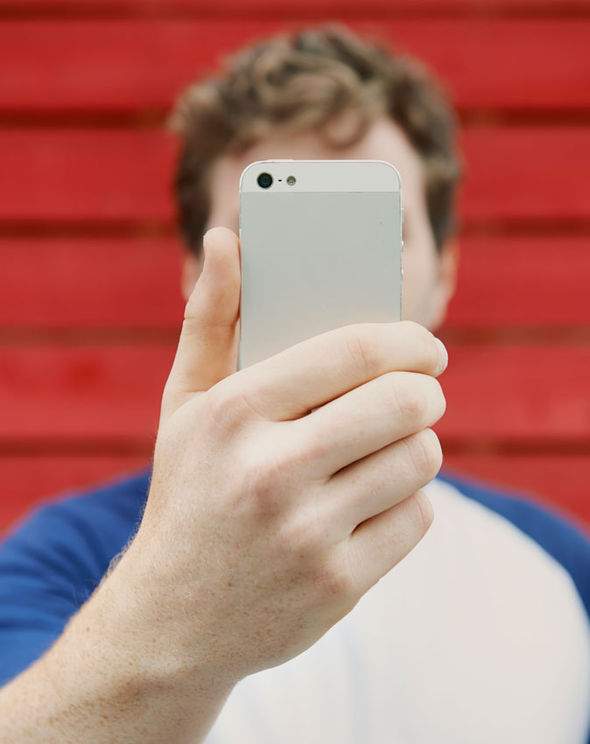 In many cases, the smartphone is anthropomorphized and used as a repressed object. In the future, it is important to trace the connection between individuation and identification at the mass level. We should not be surprised that the Self can and will be used as a currency, given that these images are indeed used as photographic evidence in a bureaucratic identification process. Echoing Bernard Stigler, we can say that already now there is a cognitive and affective proletarianization or loss of skills, an anamnestic cognition of images, in which the externalization of memory becomes hyperindustrial. Selfies are an integral part of this process.
In many cases, the smartphone is anthropomorphized and used as a repressed object. In the future, it is important to trace the connection between individuation and identification at the mass level. We should not be surprised that the Self can and will be used as a currency, given that these images are indeed used as photographic evidence in a bureaucratic identification process. Echoing Bernard Stigler, we can say that already now there is a cognitive and affective proletarianization or loss of skills, an anamnestic cognition of images, in which the externalization of memory becomes hyperindustrial. Selfies are an integral part of this process.
What is the fate of the online subject in this type of presentation? We are not playing on the field of truth therapy or self-examination of consciousness. By updating statuses, we are not looking for a spiritual path or consistency of elements. Social media is not "a technology focused on discovering and articulating truths about someone.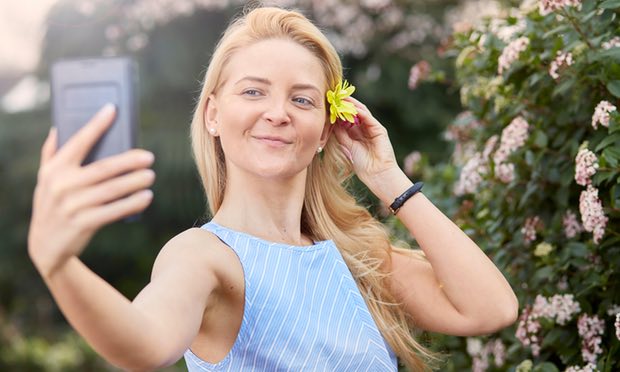 " These are tools not of knowledge, but of self-control, whether for good or bad purposes. At the very least, this is at the heart of the anxiety of the teenage user base that Sherry Turkle deconstructs in her book Reclaiming Conversation. Social media does not have the task of transforming the individual. Selfies do not tell us what is hidden inside the Self. Our attempts to subtract introspection in selfies bounce off the surface of the media. The object is watching us: the selfie peers at us.
" These are tools not of knowledge, but of self-control, whether for good or bad purposes. At the very least, this is at the heart of the anxiety of the teenage user base that Sherry Turkle deconstructs in her book Reclaiming Conversation. Social media does not have the task of transforming the individual. Selfies do not tell us what is hidden inside the Self. Our attempts to subtract introspection in selfies bounce off the surface of the media. The object is watching us: the selfie peers at us.
American political scientist Jodi Dean takes issue with the moronic moralists who "miss the meaning of the selfie as just another indicator of a pervasive culture of narcissism." The temporality of the selfie is key. “It is not designed to be remembered. It does not keep the memory of what we did. It's a quick record of what we're doing. On Twitter, Instagram, Facebook, Grindr and Snapchat, a flood of selfies are blowing past like an ongoing fabrication of the current moment.” This shifts the discussion from the level of representation and its place in the archive to the question of the culture of real time. Selfies tend to confirm our immediate presence rather than serve as evidence of electronic loneliness, let alone be a symptom of psychological problems; selfies do not serve as an example of who we are, but demonstrate that we exist here and now. Selfies are existential moments in technological time, or, in the words of Roland Barthes, "temporal hallucinations."
Selfies tend to confirm our immediate presence rather than serve as evidence of electronic loneliness, let alone be a symptom of psychological problems; selfies do not serve as an example of who we are, but demonstrate that we exist here and now. Selfies are existential moments in technological time, or, in the words of Roland Barthes, "temporal hallucinations."
It is necessary to avoid moral assessments, and then it will be possible to take a step towards the development of a technologically advanced hermeneutics of the subject. The selfie, as the next level of the portrait, can be seen as the end product of the democratization of media, completing the stage of scarcity in image production—and as a symbol of our nihilistic age of overproduction. The photographic self-portrait puts an end to the need for support from fellow others and seeks the response of absent or desired others.
Pictures: Sasha Sleep
What is the meaning of a selfie for us?
- Photo
- Getty Images
1.
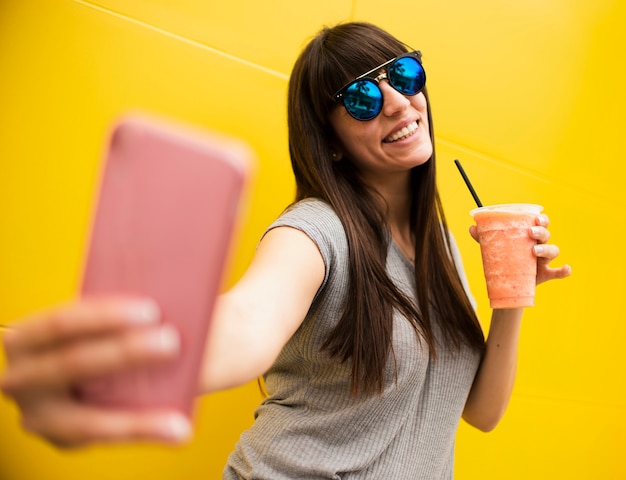 Narcissism or thirst to see faces?
Narcissism or thirst to see faces? “On the one hand, the selfie culture is described as a manifestation of morbid narcissism, supposedly characteristic of the modern era, and reached its peak with the advent of Facebook (an extremist organization banned in Russia) and smartphones. On the other hand, they say that selfies are a form of realization of the human need to see and recognize faces, which in the era of mass media was appropriated by the "stars".
2.Great democratizer
“During most of human history, the media only replicated the faces of the elite - rulers, then famous actors, writers and scientists, finally stars. Since the Middle Ages and up to the era of glossy magazines, this rule has remained unchanged. The selfie became a great democratizer, emancipating countless human faces that were no longer held back by class, stars, professional editors, or lack of mass public interest or professional skills. The life of the stars was separated from us by an abyss: they were on the other side of the screens, we were on this one.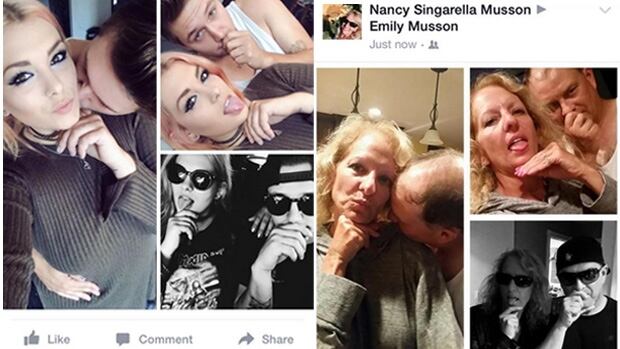 Now each of us is his own star.
Now each of us is his own star.
3.Continuation of the classic self-portrait
“One of Van Gogh's self-portraits, made in 1889, is very reminiscent of modern selfies: in the frame the upper part of the artist's figure and his left hand holding a palette with paints. In 1935, Escher created the lithograph "Hand with a Reflecting Ball" - a self-portrait in which the artist holds a mirror ball in his left hand, where the hand, the room and the author are reflected. Because of his characteristic angle and gesture, Escher can rightly be considered one of the pioneers of the “analogue” selfie culture that existed before the advent of webcams and smartphones. The role of the most legendary "forefather" is claimed by Parmigianino, who in 1524 wrote "Self-Portrait in a Convex Mirror", on which the artist's hand is larger than his head. Apparently, the first advent of the European selfie happened in Germany on the eve of World War II. Nazi magazines of the time made cartoons of the habit of ordinary Germans taking pictures of themselves at every opportunity. Such photographs most often did not have artistic value, so before the invention of social networks, they remained a purely private matter.
Such photographs most often did not have artistic value, so before the invention of social networks, they remained a purely private matter.
4. Image tool
“We don't just take a picture of ourselves, we create an image of a 'normal man', 'normal woman', 'good friend', 'funny guy', 'tourist', 'family man' and so on. I mechanically remove this image from myself and transfer it to the space of social networks, where I will be treated accordingly. We ourselves make ourselves a visual object that is sold as a commodity in the media capital market. If you don’t do this, it already raises suspicions today: “Why is your face not on social networks?” They say that TV presenter Tina Kandelaki takes selfies every day on the way to work, in the elevator. In terms of technology, this can be seen as a social media presence tactic, part of a personal brand. Tina Kandelaki, in addition to everything we can learn about her, is the same person whose selfie we can find every morning on our Instagram (an extremist organization banned in Russia).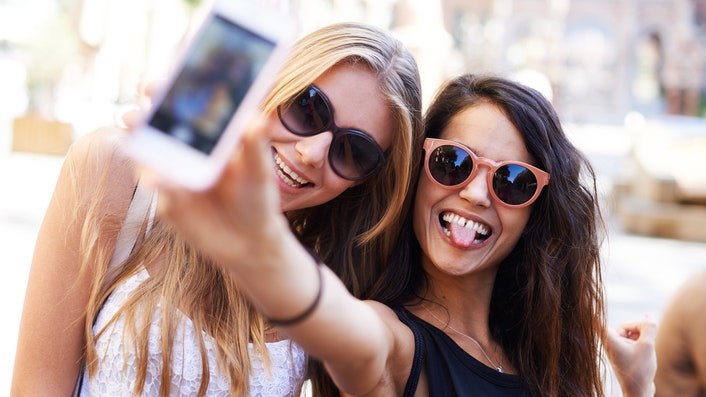 It takes a lot of discipline to take a selfie in the elevator every morning. You need to get into the elevator every morning, not get sick, not lie in bed, look good. This is how new standards of professionalism for a media star are formed - they differ from other people by an increased concentration on their image, which everyone can challenge.
It takes a lot of discipline to take a selfie in the elevator every morning. You need to get into the elevator every morning, not get sick, not lie in bed, look good. This is how new standards of professionalism for a media star are formed - they differ from other people by an increased concentration on their image, which everyone can challenge.
5. Incentive for plastic surgery
“Social media, video chats and selfies have driven the growth of interest in plastic surgery. Christopher Maloney of the Institute of Plastic Surgery in Arizona talks about the growing number of patients who are willing to undergo surgery for the perfect picture. A study conducted by the American Academy of Facial Plastic and Reconstructive Surgery in 2013 found that one in three cases, patients seek the help of plastic surgeons to improve their appearance on social networks. In particular, due to social media, plastic surgery is more often used by young people: the same study notes that more than 60% of surgeons in recent years have become more likely to see among their patients younger than 30 years old.
6.Proof of authenticity of existence
“Simultaneously a polaroid photograph, a family album for a single person and a digital signature that manifests our presence, the selfie performs a psychotherapeutic function, daily proving the stability of self-representation and identity of a neurotic inhabitant of social networks. All friends will be ostracized, all likes will be forgotten, all Facebook statuses (an extremist organization banned in Russia) will become the property of corporations, but selfies will stand and demonstrate to fleeting witnesses of our existence that it was genuine. Selfies have equated us with the star, unleashed our creativity, given us a new visual language and way of describing ourselves, and objectified us. Everyone today exists to become a selfie and end up in one of them.”
For more details, see the article by K. Martynov “Family Album for a Loner”, Logos, 2014, No. 4 (100).
Text: Yury Zubtsov
New on the site
How to stay in a state of psychological comfort at any time: 7 rules lover
Psychic clues: what your anger says
“I wrote a book and my friends turned their backs on me.

